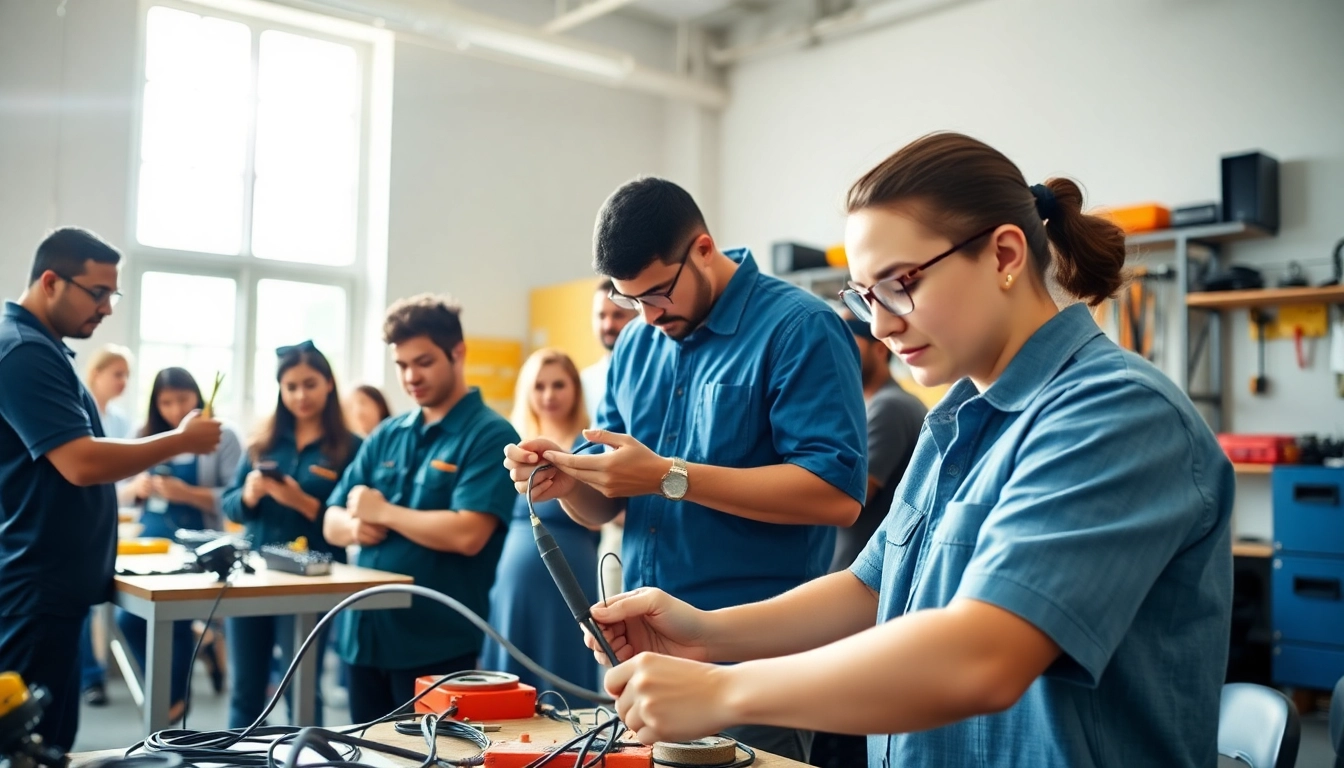Understanding Workday Activities
Every day, millions of people commute to their offices, logging hours of labor, from brainstorming sessions to solitary tasks. But have you ever paused to discover what people actually do during their workday? It’s a rich tapestry of activities that reveal not only how we function as professionals but also how we cope with the various demands of the modern workplace. Understanding these patterns can lead to enhanced productivity and job satisfaction, making it essential for both individuals and organizations alike. Let’s delve into what constitutes a typical workday.
The Importance of Daily Routines
Daily routines are the backbone of effective workdays. They help individuals structure their time, reduce decision fatigue, and set clear expectations for productivity. Numerous studies reveal that people who establish and adhere to a consistent daily routine tend to perform better in their roles. A defined regimen not only boosts efficiency but also aids in achieving work-life balance.
Creating a routine allows individuals to allocate specific times for critical tasks, improving their ability to concentrate. For instance, someone may begin their day with a set half-hour for email reviews, followed by two hours dedicated to project work, thus minimizing distractions. This approach often cultivates habits that transform a haphazard workday into a productive experience.
Key Tasks of Productive Workers
Productive workers engage in certain key tasks that define their effectiveness. Firstly, they prioritize their responsibilities. By leveraging tools such as the Eisenhower Matrix, they can distinguish between what is urgent and important, allowing them to tackle high-impact activities first. Additionally, productive individuals break larger projects into manageable tasks, making them less daunting and easier to handle.
Moreover, effective time management includes taking regular breaks. Research shows that short, frequent breaks improve focus and sustain productivity throughout the day. The Pomodoro Technique, which consists of focused work intervals followed by brief breaks, is just one method that many have found beneficial.
Common Distractions and Their Impact
In our hyper-connected world, distractions are ubiquitous. Notifications from emails, social media, and instant messaging apps can lead to significant productivity loss. A study from the University of California suggests that it can take upwards of 23 minutes to regain focus after an interruption. Recognizing common distractions in the workplace is pivotal for mitigating their impact.
Strategies such as turning off non-essential notifications, establishing “do not disturb” hours, or creating designated times for checking emails can significantly reduce the frequency and impact of interruptions, leading to more concentrated and effective work periods.
Breaking Down the Workday
Morning Rituals for Productivity
The beginning of the workday can set the tone for the hours that follow. Many individuals find that incorporating personal rituals, such as morning exercise or mindfulness practices, positively influences their productivity levels. According to a survey by the American Psychological Association, employees who engage in an upbeat morning routine report higher energy levels and increased motivation throughout the day.
Effective morning rituals might include reviewing daily goals, engaging in physical activity, practicing gratitude, or even dedicating the first hour of work to critical tasks. These techniques help create a productive mindset and enable employees to tackle their responsibilities with vigor.
Post-Lunch Slumps: What Happens?
The post-lunch period is notorious for productivity dips. Many people experience a slump in energy and concentration following lunch due to a combination of digestive processes and circadian rhythms. Research indicates that a significant number of employees say they lose about an hour of productivity after lunch. Recognizing this pattern can help companies implement strategies to counteract the dip.
Some successful organizations encourage power naps, provide energizing activities, or even redesign the lunch experience by offering lighter, brain-friendly meals. Additionally, scheduling lighter tasks or collaborative meetings during this time can help ease employees into the second half of the day more smoothly.
Key Meetings and Collaboration Moments
Collaboration is an integral part of many workdays, and meetings often serve as the primary platform for this interaction. However, the effectiveness of meetings largely depends on their structure and frequency. A study by Harvard Business Review found that unnecessary meetings can encumber an employee’s productivity substantially.
Successful meetings should be concise and focused, with well-defined agendas and outcomes. Leaders can enhance collaboration by encouraging participation, utilizing visual aids, and assigning clear action items, ensuring that team members leave with tangible next steps.
Effective Time Management Strategies
Creating a Balanced To-Do List
Creating a balanced to-do list is a crucial element for productivity. A well-structured to-do list should reflect a combination of urgent tasks, long-term projects, and personal goals. It’s essential to prioritize effectively, assessing what needs immediate attention versus what can be addressed later. Techniques such as categorizing tasks by urgency and importance can help in creating an actionable list.
Additionally, incorporating breaks or time for smaller tasks can strike a better balance in your schedule, allowing for flexibility and reducing feelings of overwhelm.
Time-blocking Techniques
One increasingly popular time-management technique is time-blocking, where individuals allocate specific periods for certain tasks throughout their day. This method helps in mitigating distractions by designating undisturbed time for focused work.
By segmenting the workday into blocks dedicated to various types of work—such as creative tasks, meetings, administrative work, and breaks—individuals often find they can maximize their effectiveness. Utilizing tools and apps designed for time-blocking can also aid in maintaining commitments and evolving flexibility to adapt to changes during the day.
Using Tools to Enhance Efficiency
Modern technology offers various tools designed to boost individual efficiency. Project management software, time-tracking applications, and collaborative platforms allow teams to work together seamlessly. Platforms like Trello and Asana help maintain project organization, while tools such as Slack facilitate easier communication among team members.
Integrating such tools can significantly enhance workflow and ensure that everyone involved is on the same page, thus minimizing miscommunication and improving performance across the board.
Measuring Workday Productivity
Defining Success in Daily Tasks
Defining what success looks like on a daily basis is vital for measuring productivity. This starts by setting clear, attainable goals that align with overall career aspirations. Success can be framed in terms of completed tasks, quality of work, collaboration efficiency, or even personal growth throughout a certain time frame.
Using metrics such as the number of tasks completed versus planned, the quality of outputs, and feedback from peers can relay a more comprehensive understanding of one’s productivity level. Adjustments can then be made to strategies and techniques based on this data.
Common Metrics for Evaluation
Various metrics can be employed to evaluate workday productivity. These may include:
- Task Completion Rate: The percentage of tasks completed within a given period compared to those that were planned.
- Quality of Work: Feedback from supervisors or team members can provide insights into the quality of finished projects.
- Time Allocation: Understanding where time is spent can illuminate areas for improvement.
- Engagement Levels: Measuring employee engagement through surveys can also reflect productivity indirectly.
How to Conduct a Workday Assessment
Conducting a workday assessment involves reflecting on the various components of your daily routine and evaluating how well they align with your goals. Start with gathering data regarding task completion rates and time allocation. Surveying colleagues can also provide a broader perspective on perceived productivity aspects.
Through this assessment, identify strengths, weaknesses, and patterns that may exist. Create an action plan that targets areas needing improvement and continuously iterate based on results.
Improving Work Habits
Identifying and Mitigating Distractions
Effective workers recognize the significance of identifying distractions in their work environment. By evaluating their surroundings and habits, individuals can pinpoint specific elements that detract from productivity. Common distractions may include excessive notifications, social media, or even colleague interruptions.
Strategies for mitigating distractions include creating a focused workspace, establishing ‘quiet hours,’ and using applications that limit access to distracting sites during work hours. Engaging in mindfulness practices can also enhance focus and attention.
Establishing a Healthy Work-Life Balance
Work-life balance is crucial for sustaining long-term productivity. When individuals prioritize work to the detriment of their personal lives, it can lead to burnout and diminished effectiveness. Establishing boundaries around work hours and personal time can significantly improve overall job performance and satisfaction.
Employers can also support staff in achieving work-life balance by promoting flexible working hours, providing mental health resources, and encouraging regular breaks. A healthy work-life balance fosters both employee well-being and organizational success.
Continuously Optimizing Daily Practices
Continuous optimization of daily practices is fundamental for sustained productivity. This process involves routinely assessing and adapting work habits to foster improvement. Open self-reflection, feedback surveys, and productivity tracking tools can facilitate this journey.
To keep momentum, setting aside time weekly or monthly for evaluating productivity strategies and personal habits ensures that individuals remain aligned with their professional goals and adjust as necessary. Cultivating a growth mindset can further motivate the pursuit of excellence in daily work practices.



